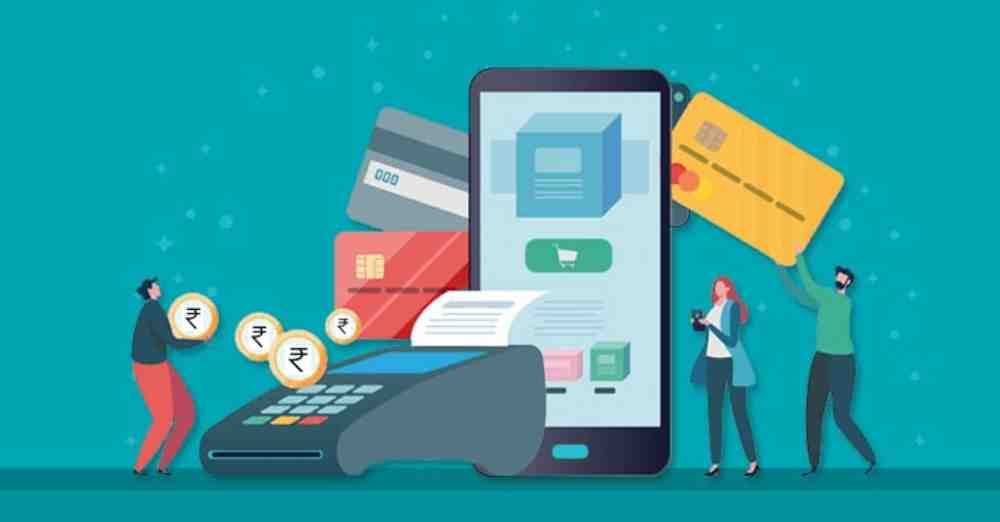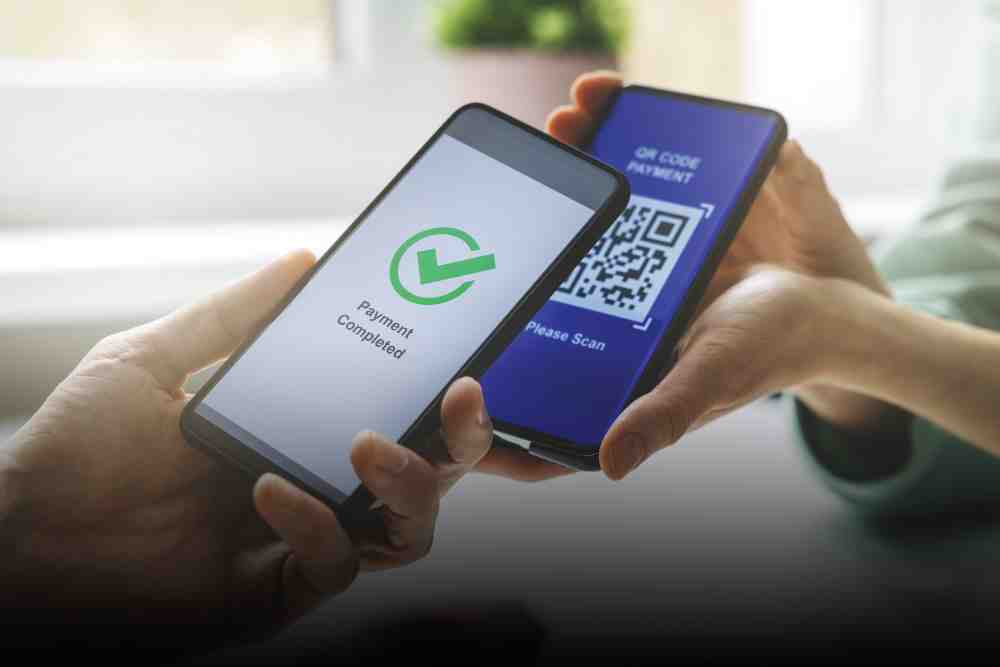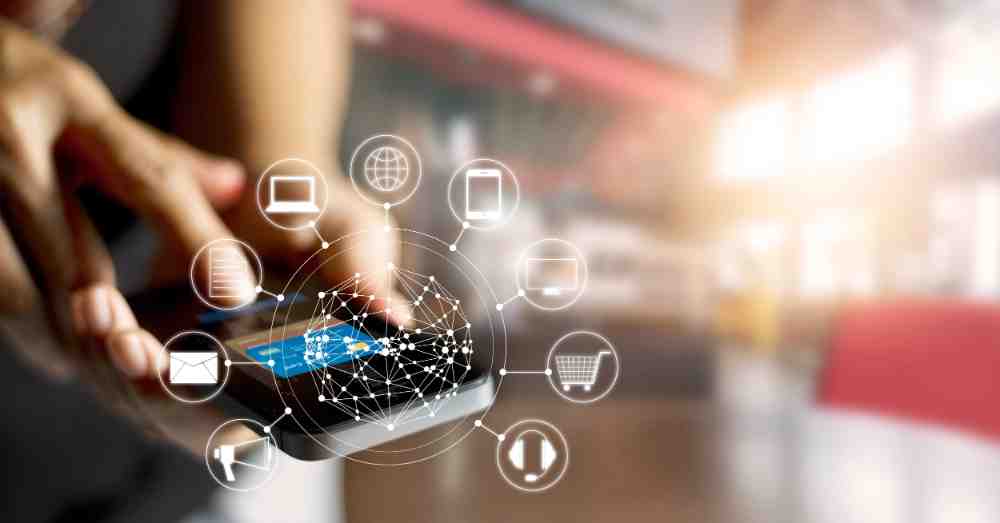In India, one of the highly populated nations, the audio confirmation of a digital sound box has replaced the conventional cash registers on more than 6 billion different instances in just one month. More specifically, the country has generated more than 10 billion cashless transactions in August when you include instances of consumers paying one another instead of retailers. Majority of them were free, quick, and available online.
Since April, clients who use their mobile phone wallets to pay bills totaling more than 2,000 rupees are only subject to a maximum 1.1% fee if they are scanning a fast response code for a separate platform. This fee is probably paid by the retailer to his QR code service provider—either the locally-based Paytm or the Walmart-owned PhonePe—in exchange for integrating with Alphabet Inc.’s Google Pay. However, routine usage of the Unified Payments Interface, a standard protocol used to deposit and receive money into accounts at various institutions, is still free.

Earlier, the Banks do make an effort to charge high volume users a fee, and the government provides funding to encourage low value internet transactions and provide formal credit to underprivileged groups like street sellers.
Concerns regarding the imbalanced economy worsened. But, as a relief, the recently released worldwide report from McKinsey & Co., stated that India’s payment revenue increased to $64 billion last year, surpassing Japan and trailing only China, the United States, and Brazil.
The growth of online transactions has led to a surge in digital commerce. That has, in turn, also led to the rise of Credit card usage. Pre-approved credit lines, a flexible service that a bank offers works as a pre-approved, set amount of money that you can access when needed, is an innovative effort that is said to augment the old payment protocol, which only lets users debit from their bank accounts or wallet balances.

Since last year, credit cards have also been allowed to be linked — but only if they are on India’s RuPay network. Visa Inc. and Mastercard Inc., which have grumbled about the country’s absence of a level playing field, would love to be included.
Compared to the other successful payments system, McKinsey expects instant payments, led by the Pix platform, to account for half of the growth in Brazil’s payment revenue from transactions through 2027, for India this figure may not even be 10%.
Reportedly, India’s profit from payments will expand because of sheer volumes. A fifth of the country’s 620 billion transactions last year were settled digitally. By 2027, the figure would rise to 765 billion, and nearly two out of three of these exchanges would be online.
Moreover, from fees on cards to interest income on credit lines, new opportunities may arise in adjacent activities. Adding on to this, in the first two months of last quarter, Paytm distributed $1.3 billion in loans on its platform on behalf of lenders, a 137% jump from a year earlier.

Even while the instant-payment system has gained enormous popularity, it has only begun to realise its full potential. Recently, the network’s operator, the National Payments Corporation of India, is expanding it internationally. Major developments came up in the sector such as UPI ID for India tourists, digital payments expansion to many countries, foreign alliance and there is much more to come.
Exciting news! Channel IAM English is now on WhatsApp Channels. Click the link to subscribe and stay up to date with the latest Startups-Entrepreneurship-Technology insights. Click here!
